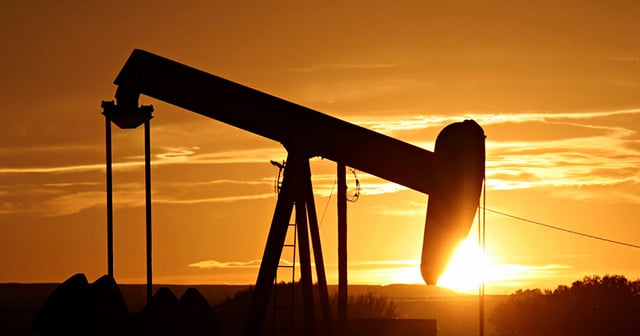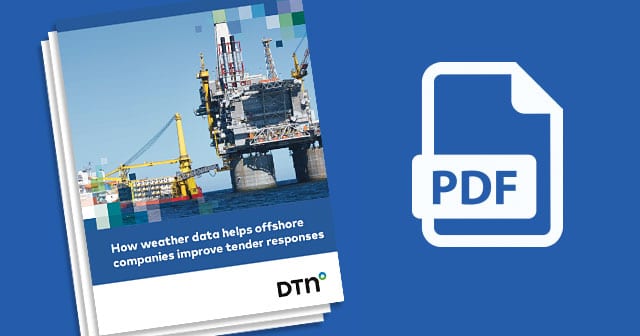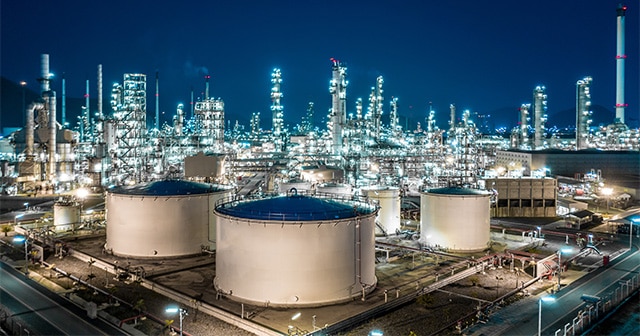Despite the gradual reopening of restrictions on mobility, a recovery for air travel is a long way off. And will crowded planes & airports ever be normal again?
Pathogen, Jet Fuel Demand and Who gets the Middle Seat?


Despite the gradual reopening of restrictions on mobility, a recovery for air travel is a long way off. And will crowded planes & airports ever be normal again?

While still well below year-ago and pre-COVID-19 quarantine levels, vehicle transportation activity is trending higher. With more individual cars on the road, gasoline demand will start to recover.

IMO 2020 provides projected changes in product prices, gives insight into what refiners can do to change their configuration, and discusses the available shipper options.

Read our case study to better understand thermal expansion and its impact on your fuel prices.

Incoming Saudi crude oil during a supply glut? That actually may be a good thing for US producers. Read our post to understand why.

While the heads of the world’s largest oil producing nations were quick to claim a diplomatic victory following the latest OPEC+ output cut agreement, crude prices are telling a different story. Prompt month Brent and WTI futures contracts are now trading nearly 20% lower from their early April highs, both returning to a super contango forward curve price structure following the conclusion of the OPEC+ meeting.

Using weather data to support tender responses can help offshore companies improve planning, ensure pricing is competitive and mitigate against projects overrunning.

Since the 2014 oil bust, China has established itself as an opportunistic buyer and importer of crude amid dips in global prices.

The impact of the COVID-19 outbreak has been felt all over the world. Schools have closed, travel plans have been put on hold and businesses large and small are bracing themselves for the continued fall out.

Industry expert Dominick Chirichella led over 600 people through a webinar on Thursday, April 2nd, titled, “Uncharted Waters: Fuel Market Risks & Variables.” Dominick’s decades of experience as an energy industry analyst and trader served the audience well, as he took them through our current, unprecedented situation.